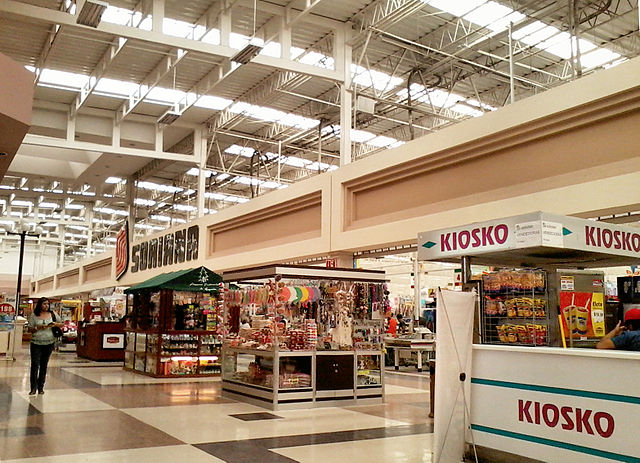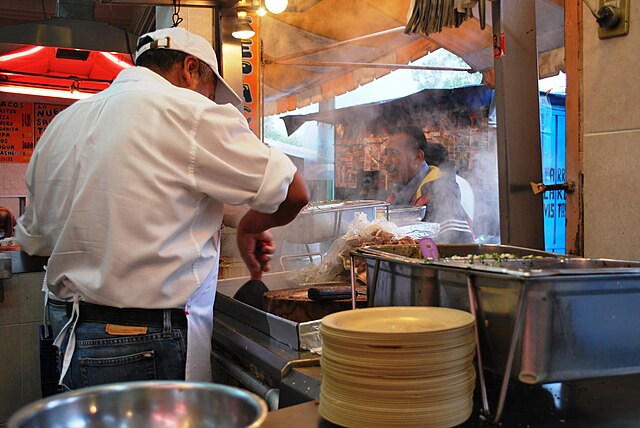To most North Americans, Mexico is a familiar place. Some people might have a negative image about Mexico because of media coverage of Mexican drug cartels and crimes. Granted Mexico has its own problems, it is a safe and pleasant place to visit and to live in if you stay in a popular tourist areas.
Intended parents will most likely have to visit Mexico once or twice. The first time might be to deposit the intended parents’ sperms and to meet the agency coordinator or the doctor. The first stay will probably be under a week, and many people choose to stay in a hotel. The second stay would be after the baby is born. The intended parents will visit Mexico to welcome the baby, get the baby a passport, and in some cases, initiate a court proceeding called Amparo trial in order to obtain a birth certificate with only their name(s) on it. The second stay will be longer, ranging from 2 weeks to 3 months depending on whether you will need to do the court proceeding.
Safety and Crime Rates in Mexico
Unlike what the media depicts, tourist regions of Mexico are safe and comfortable to live in. I’ve visited Mexico City for my own surrogacy journey and explored various neighborhoods there by walking. I’ve trekked by foot for 15 hours on my first visit, seeing the scenery and various neighborhoods and absorbing the local culture. I felt very safe, at least during the day, and feared no risk of pickpocketing or mugging. There were more conspicuous police presence in Mexico City compared to Toronto where I live, and I’ve been explained that it is to reassure tourists that Mexico City is safe and looked after by the police.
According to Numbeo, various cities popular with surrogacy in Mexico have similar crime rates as cities like Los Angeles and Saint Louis. For example, Cancun, famous for its beach resorts, has comparable crime index as Los Angeles and Mexico City’s crime index is similar to that of Saint Louis. Also, like in any cities around the world, there are good neighborhoods and bad neighborhoods in a city. Read my surrogacy destination guides for more information.
Staying in Mexico
Staying in Mexico can be a very pleasant experience if you adhere to several precautions.
1) Staying safe
While tourist regions of Mexico is relatively safe, it is still better to take safety seriously as you are visiting an unfamiliar country.
- Stay in your accommodation at night. Like in any cities, walking outside at night is riskier than walking outside during the day. In safe neighborhoods, you can walk at night, for example to walk your dog, and still not get robbed or mugged but if there’s no good reason to be outside at night, it’s better to just stay indoors.
- Don’t go to dangerous neighborhoods. There are some dangerous neighborhoods with a lot of crimes. There are also parts of Mexico that are controlled by drug cartels. Don’t go to them without a very good reason.
- Don’t drive on a highways in desolated areas, especially at night. Many highways between cities are not well patrolled or serviced by the Mexican police, and gang and cartel members are known to target travelers by setting up fake road blocks. People have been killed in roadside robbery while driving inter-state in Mexico.
- Don’t flash your expensive jewelry in public. If you wear an expensive piece of jewelry or watch, don’t flash it to others in public. You can wear them under your sleeves, for example.
2) Water
Tap water in Mexico is not safe for consumption. It contains bacteria that can make you sick, and many buildings in Mexico have rusty pipes. If you stay in Mexico, you should not put unfiltered water from the tap in your mouth.
- Don’t drink tap water because it contains unsafe level of bacteria. You may become sick from tap water.
- Dry your dishes that are washed with tap water. Bacteria thrive in wet environments, so dry your dishes with a dish towel after washing them.
- Consume bottled water or filtered water. You can buy bottled water in convenience stores and grocery stores. If you are planning to stay for a longer time period, consider getting bottled water delivered to you by using a water delivery service.
- Don’t brush your teeth with tap water. You shouldn’t let tap water in your mouth. Use bottled water to brush your teeth. Also, don’t wash your mouth using water from the shower for the same reason.
- Consider buying a water filtration system if you plan to stay in Mexico for months.
3) Shopping
There are major American chains in Mexico, including Costco and Walmart. There are also many local grocery stores such as Soriana and Tiendas 3B. In tourist areas, there are many convenience stores as well. The most common ones are OXXO and 711. If you need baby formulas, baby clothes, and cribs or strollers, Walmart has a good selection of these items. If you need to buy office supplies or electronics, Walmart and Office Depot may be good choices.
Don’t expect a substantially cheaper prices for groceries, everyday items, or electronics. The prices of imported goods are comparable to the prices in Canada or United States. These include laptops, headphones, imported vegetables and fruits such as potatoes, apples, and grapes, and imported meat such as pork and beef. Items for your newborn will also have similar price tags as those in Canada or United States, including cribs and strollers.
Food items that are grown locally in Mexico tend to be cheaper. These include mangoes, bananas, pineapples, tomatoes, avocadoes, some brands of tea, rice, beans, and tortillas.

4) Restaurants
In Mexico, it is very common to see street food. Street vendors can be found in almost every street. It is also common to see local people buying street food and eating on the street. The price of street food is inexpensive – for about 70 pesos (about $4 USD) you can get a big size tacos or tortas. Do note that the quality varies between vendors and you’ll want to choose a vendor that uses fresh ingredients so that you don’t get sick. The rule of thumb is to buy from a street vendor that many people are buying from.
If you rather eat in a sit-down restaurant, there are many local eateries catered to local people. The customer service in these local mom-and-pop restaurants are great, and the prices are very reasonable for the large amount you’ll be getting. For 120 to 130 pesos, you can get a very decent sized meal. One meal I had in Mexico City was a dish or Aztec, a large tortilla enclosing black beans, vegetables, and beef, a glass of mango juice, coffee and chocolate-filled bread all for 130 pesos including tax (+ tip of 15%), and the owner still wanted to give me more bread!
If you are not into Mexican food, there are many Western chains such as McDonalds and Burger King. There are other international cuisines as well, such as Japanese food and Korean food. Typical prices are 100 pesos to 150 pesos. Be aware that there are expensive restaurants geared toward travelers, especially those who don’t know Spanish. If you go into one of these restaurants and shown an English menu, you can be charged as much as 800 pesos per person.
Another thing to be wary about is eating raw meat such as raw seafood and clams. Depending on how the food is prepared, there can be germs that can cause travelers’ diarrhea or food poisoning. If you want to try raw seafood, only get them from a reputable restaurant with a lot of good reviews. Also, as I wrote about water in Mexico, be careful about drinking water that is served by a restaurant. If the water appears to be tap water, avoid it.

5) Accommodation
For short term stay, you can use Expedia, Booking.com, or other online travel websites to book a hotel. There are local Mexican hotels and international chains such as Marriott and Holiday Inn. In general, hotel clerks in hotels in popular Mexican cities speak English.
For longer terms stay, you might want to use Airbnb to find an apartment in a nice neighborhood. Check whether the apartment is private and secure. The weather can be hot in many parts of Mexico throughout the year, so you may want to choose an apartment that has an AC. For security, try to choose an apartment that is located in a safe neighborhood popular with expats.
6) Pets
Like in Canada and the US, some hotels and apartments allow pets and some don’t, so you’ll have to find one that allows pet if you are traveling with your pet. Many intended parents choose to bring their dog or cat for the second visit to Mexico after the birth of their child because exit process may take a couple of months or more. Mexico has one of the highest rates in dog ownership in the world, and there are many places to walk your dog. There are also many pet stores selling daily necessities for your pet as well as veterinarians for dogs and cats, so you don’t need to worry about your pets while visiting Mexico.
Bringing a dog or cat from Canada or the United States to Mexico is relatively straightforward. You can also bring a pet to Mexico from other countries. You just need to follow several rules.
- You can bring up to 2 pets to Mexico, assuming they are either a cat or a dog.
- You don’t need a health certificate for your pet if you are traveling from Canada or the US, unless it is required by the airline. From other countries, you’ll need a health certificate from a veterinarian for each of your pet. The health certificate must include proof of vaccination against rabies and distemper, administered at least 15 days before the travel date. For more information, read this article.
- Some airlines allow you to bring a pet with you. For example, Air Canada allows you to bring a small dog or cat placed inside a small pet carrier if it’s small enough to fit under the seat but large enough to fit the animal comfortably. If your dog is larger, the airline allows you to place it inside a kennel, which is placed in the cargo. Other airlines have their own pet policies, so you have to check with them. A separate fee may be needed if you are bring a pet with you on air.
- Upon arrival in Mexico, your pet will be inspected by the agent responsible.

